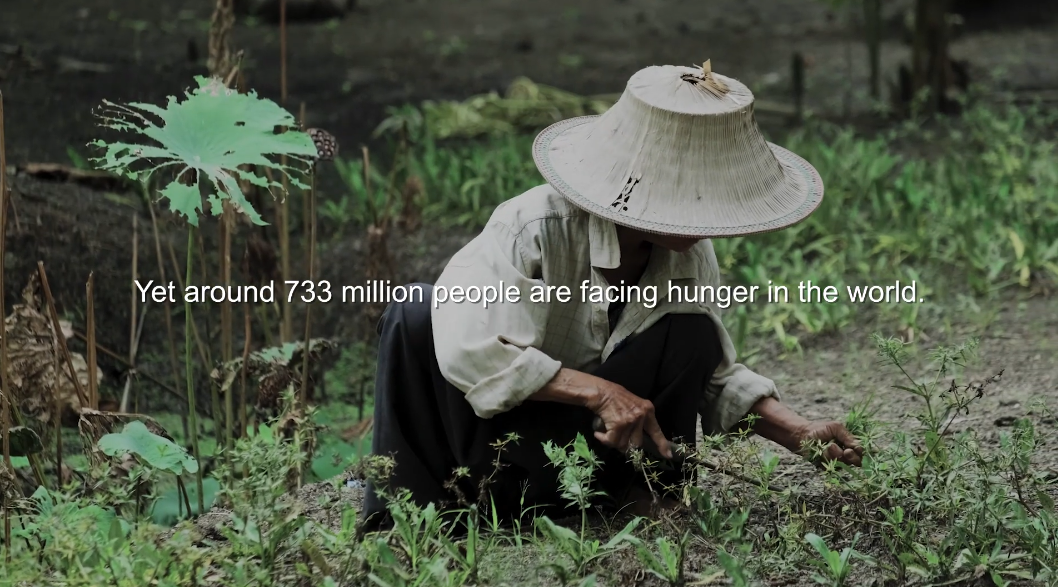IPS Correspondents:
The world’s farmers produce enough food to feed more than the global population.
Yet around 733 million people are facing hunger in the world.
In 2023, nearly 282 million people across 59 countries faced acute food insecurity.
This was an increase of 24 million people since 2022.
Several factors exacerbate the problem.
Weather shocks to global conflicts impact the poor and vulnerable most severely.
So do economic downturns, enduring inequality, and the legacy of a global pandemic.
Many of the affected are agricultural households – reflecting widening inequality everywhere.
Food is the third most basic human need after air and water.
Everyone should have the right to adequate food.
This right is enshrined in the Universal Declaration of Human Rights.
Yet 2.8 billion people in the world are unable to afford a healthy diet.
Unhealthy diets are the leading cause of all forms of malnutrition.
Undernutrition, micronutrient deficiencies and obesity now exist in most countries.
Malnutrition is now cutting across socio-economic classes.
More vulnerable people are often forced to rely on staple foods or less expensive foods.
Others suffer from the unavailability of fresh or varied foods.
For those fortunate enough, opting for convenience is simple.
Importantly, the information they need to choose a healthy diet is scarce.
This year’s World Food Day theme is based on the “Right to foods for a better life and better future”.
A greater diversity of nutritious foods should be available in our fields, in our markets, and on our tables.
For the benefit of all.




